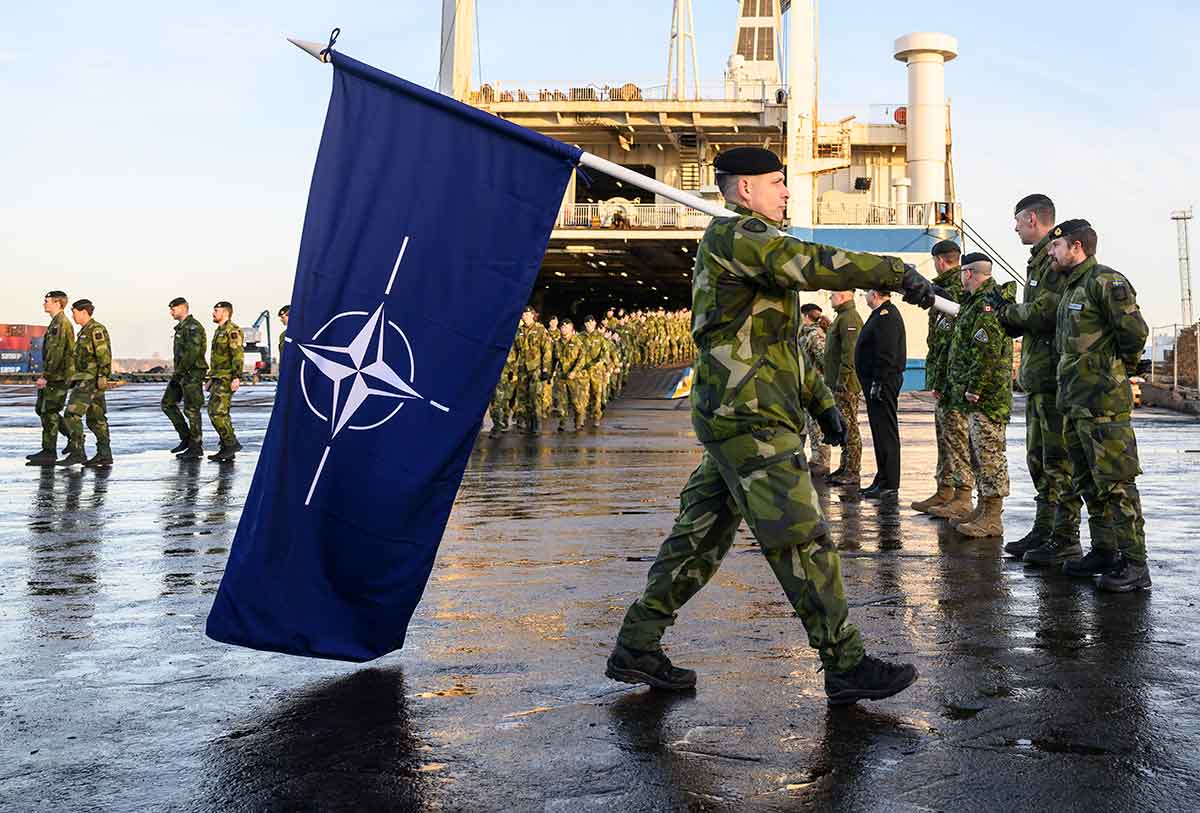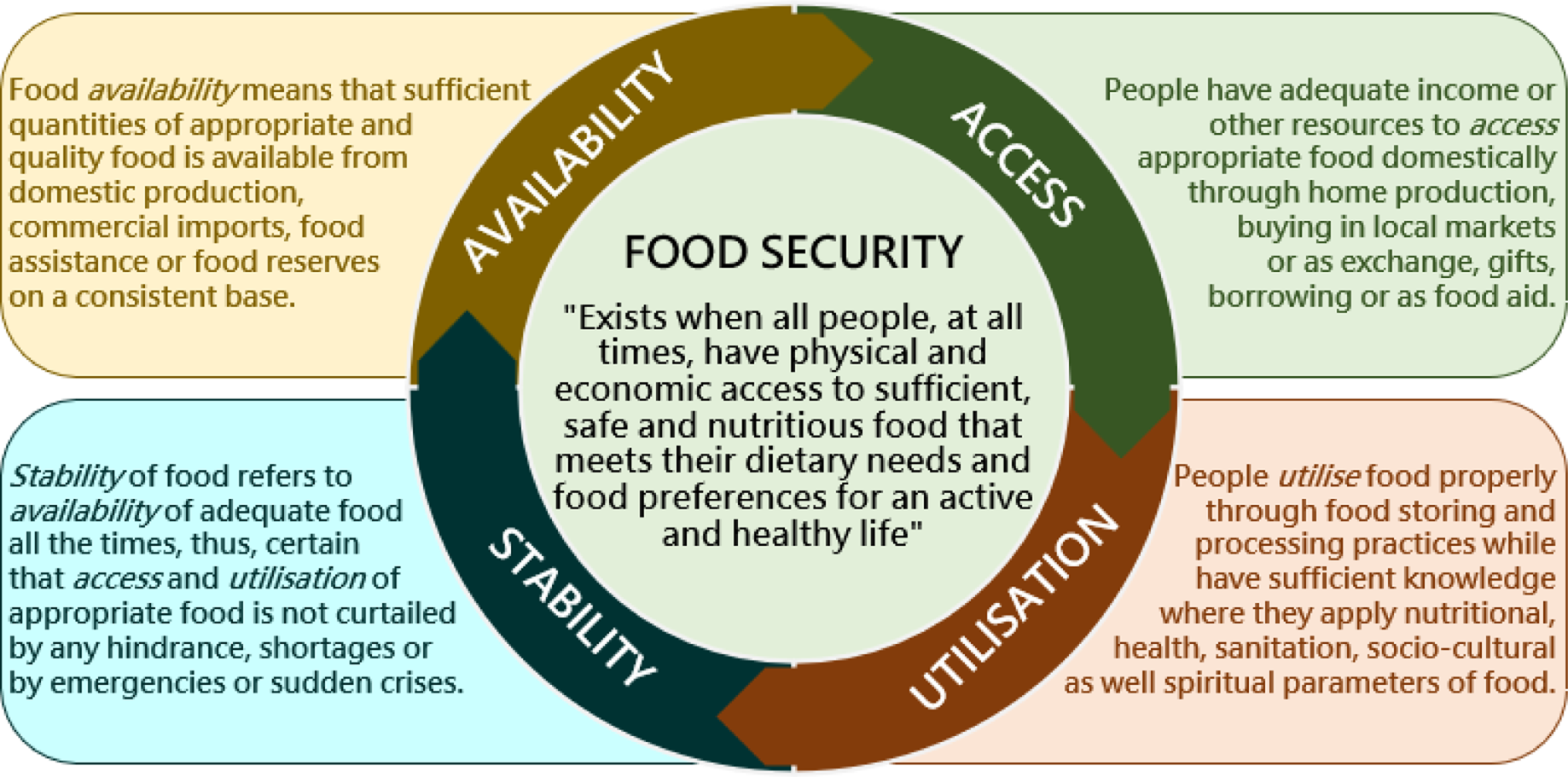Eastern Europe is witnessing renewed military activity, with nations on high alert amid increasing border skirmishes. Analysts warn that recent troop movements and missile tests could destabilize the region, heightening concerns over potential escalation between rival countries.
Global leaders are closely monitoring the situation, emphasizing diplomacy while preparing for contingency measures. Civilians living near conflict zones face uncertainty, with displacement and economic disruption becoming major concerns.
Impact on Local Populations
Communities along the borders are experiencing heightened anxiety due to military maneuvers. Evacuations and temporary shelters have been set up in vulnerable areas, with humanitarian organizations working to provide aid. Shortages of basic necessities, including food and medical supplies, are reported, increasing the urgency for relief operations.
Psychologists note that prolonged exposure to conflict can cause long-term trauma, particularly among children. Schools, hospitals, and public facilities are adapting to meet both the daily needs and emergency requirements of affected populations.
International Response
The international community is divided in its approach. NATO has increased surveillance and readiness in neighboring countries, while urging all parties to exercise restraint. The United Nations is calling for immediate dialogue to prevent further escalation and to protect civilian populations.
Economic sanctions and diplomatic pressure are being considered by multiple countries as tools to influence the situation, but some nations advocate for cautious engagement to avoid aggravating tensions.
Economic Implications
Renewed conflict has disrupted trade routes and impacted energy markets. Gas and oil prices are fluctuating as supply uncertainties persist. Local economies, heavily reliant on agriculture and manufacturing, face production delays and logistical challenges.
Investors are cautious, with stock markets reacting to geopolitical risks. Multinational companies operating in the region are reevaluating risk strategies, considering relocation, or temporary suspension of operations.
The Role of Media and Social Platforms
Media coverage has been intense, with journalists reporting from high-risk zones to provide real-time updates. Social media plays a dual role: spreading awareness but also fueling misinformation. International observers emphasize the importance of responsible reporting to prevent panic and maintain public trust.
Transparency and accurate communication are essential for informing both local residents and global audiences while avoiding escalation caused by rumors or false reports.
FAQs
What triggered the renewed military activity in Eastern Europe?
Rising geopolitical tensions, border disputes, and recent troop movements are the primary triggers for the escalation.
How are civilians affected?
Civilians face displacement, shortages of necessities, disrupted services, and psychological stress due to conflict proximity.
What is the international community doing?
Organizations like NATO and the UN are monitoring the situation, urging restraint, and exploring diplomatic or economic interventions.
How does this impact global markets?
Disruptions in energy supply and trade routes have led to fluctuating prices, cautious investments, and logistical challenges for companies.
Is there a risk of wider conflict?
Analysts warn that miscalculations could escalate tensions, but diplomatic channels are actively working to prevent wider conflict.
Conclusion
The situation in Eastern Europe highlights the delicate balance between military preparedness and diplomacy. Civilians bear the immediate brunt of tensions, while global stakeholders grapple with economic and strategic implications.
Resolving the crisis requires measured dialogue, international cooperation, and protection for affected populations. As nations navigate this volatile period, the focus remains on preventing escalation and safeguarding stability in a historically sensitive region.







